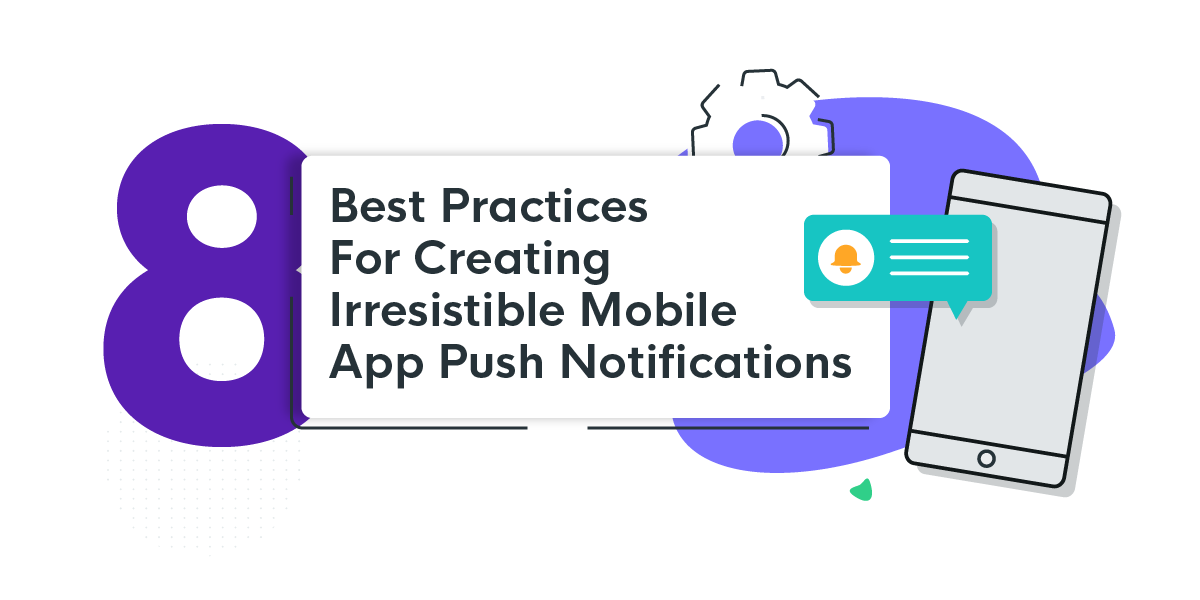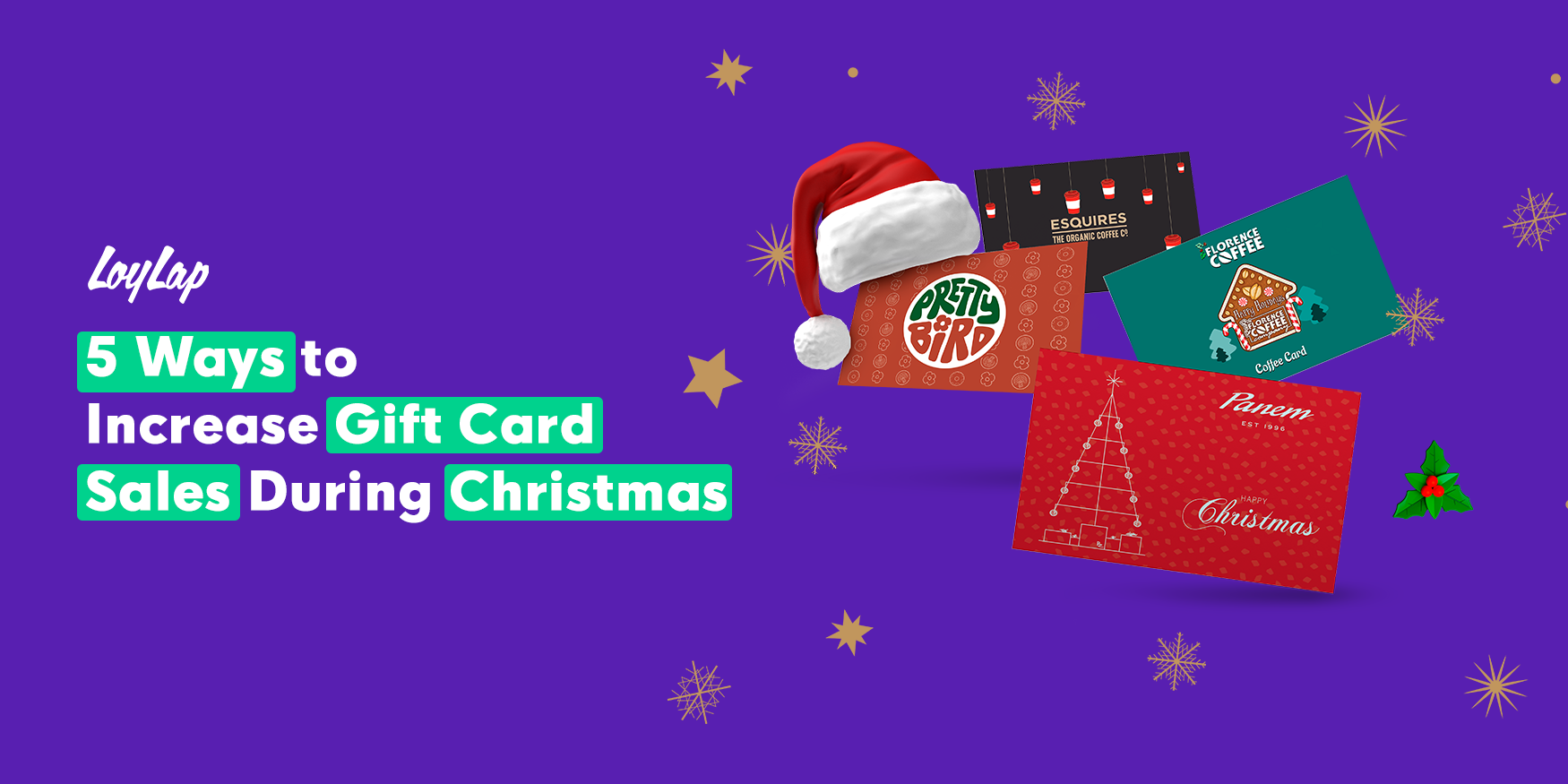8 Best Practices For Creating Irresistible Mobile App Push Notifications
If you've ever used a smartphone, chances are you've received a push notification of some sort. Push notifications are short messages sent directly to your users to let them know about sales or promotions, new products, or any other information you want your customers to know.
Mobile push notifications are a more intimate type of marketing. They're directly sent to subscribers' devices and are displayed even when they're not using your app. It's a privilege to have this level of direct access to your customers, and you must respect that privilege. Send too many or irrelevant push notifications, you'll lose their attention - or worse, they'll opt-out of receiving them and you will have lost an incredibly effective form of customer communication.
But if done right, push notifications can become one of the most powerful tools in your marketing toolbox. They can help you deliver highly personalised messages at the right time, which helps increase engagement and sales.
In this post, we'll examine some ways to create irresistible mobile push notifications for your campaign:
1. Make the Headline Stand Out
 The headline is the most important part of your push notification. The average smartphone user can receive upwards of 60 push notifications a day and standing out in such a crowded field is essential to getting your message seen and acted upon.
The headline is the most important part of your push notification. The average smartphone user can receive upwards of 60 push notifications a day and standing out in such a crowded field is essential to getting your message seen and acted upon.
The headline is the first thing the recipient will see, consider it as the subject line of your email. It will either catch their attention or it won’t, it will either get your notification dismissed or clicked on. There is a lot at stake in getting this part right!
We recommend crafting your headlines in a way that stands out on your customers’ lock screens. One way to do this is by making your headline clear, concise, and to the point. And it should answer one main question: why should I care about this? You need to be able to communicate that in a limited number of characters to avoid your message betting cut off.
2. Be Mindful of the Character Count
Characters are a limited resource in push notifications. You need to be able to communicate your message in a finite space otherwise you risk the end of your message betting cut off. On both Android and iOS, the text may get truncated if it is too long. The exact character limit for the push notification depends on the device, but in order to ensure that your push notification is not truncated on any device, it is wise to assume the shorter the better, aiming for 40-60 characters in total if possible.
3. Engage With Your Audience Emotionally
On average, people will glance at a push notification message only 1-2 seconds before they dismiss it and move on, so your message has to stand out. You can do this by aiming to create a message which engages your user emotionally. Now, I know that sounds a little "fluffy", but in simple terms, it's a message that will trigger an emotional response, like happiness, joy, laughter, sadness, fear, and surprise.
Countless studies have shown the significant role emotions play in decision-making, so it's essential to find ways to connect with your audience on a deeper level. These feelings will not only make your message more memorable, but they'll also increase the likelihood that people will take the desired action.
4. Experiment With Emojis
As you craft your push notification messages, consider using emojis to help convey your point. Emojis are a great way to add personality to your message and are a great way to catch your user's attention in their device notification tray.
So, don't be afraid to experiment with emojis in your push notifications as they can help ensure your message is seen and understood, even if it's brief. Just be sure to use them sparingly and only when they make sense. Too many emojis can come across as juvenile or unprofessional.
5. Create a Sense of Urgency and Provide a Clear Call to Action
 There are ways to increase the chances of your users taking action. To do so, you'll need to understand the psychology behind creating urgency and providing a clear call-to-action in your message copy.
There are ways to increase the chances of your users taking action. To do so, you'll need to understand the psychology behind creating urgency and providing a clear call-to-action in your message copy.
According to behavioural psychologist Robert Cialdini, when faced with the loss of something, our brains put up a fight - even if we don't consciously realise it. This is called loss aversion. The fear of losing something can often be more powerful than the desire for gaining something new.
In other words, making users aware of what they will lose if they don't take action can be an effective way to drive engagement. To create urgency in your push notification, try using scarcity and exclusivity tactics like: "Last chance!", "Hurry! Limited quantity!".
As humans, we're hardwired to want what we can't have and find exclusivity appealing. By creating urgency through a sense of exclusivity and scarcity, you increase the chances that users will take action.
6. Keep Your Notifications Timely
In our fast-paced, always-connected world, it's more important than ever to make sure your push notifications are timely. It's not enough to just send a notification when it's convenient for you. Instead, think about timing your notifications to coincide with key moments in your customers' journeys. After all, a notification that arrives too late is often pointless, while one that arrives too early can be annoying and both will result in recipients tuning you out.
If you're announcing a sale that's only on for 24 hours, it's probably safe to assume your users will want to know about it right away. On the other hand, if you're notifying users that they can claim a free product or discount on their birthday in 6 months, it would be best to let them know closer to the time.
7. Find the Balance Between Being Helpful and Being Pesky
There's a fine line between being helpful and being pesky, and it's one that businesses need to be careful of when they're considering the frequency of their push notifications. On the one hand, notifications can be a great way to keep people updated and be used to deliver discounts and other special offers. However, if you're not careful, notifications can quickly become irritating. Nobody wants to be bombarded with a constant stream of alerts, especially if they're not relevant to them. That's why it's important to find the right balance. Send too few notifications and you risk being forgotten; send too many and you risk becoming a nuisance. It might take some trial and error, but eventually, you'll find the sweet spot.
8. Use Segmentation to Dial-up the Personal Touch and Relevance
When it comes to push notifications, consider them closer to a personal conversation. After all, they are probably one of the most direct lines of communication that you have with your customers. The problem is that many push notifications fall flat because they don't resonate with their recipients - or worse still, they alienate them.

Segmentation is a key tool that can help you avoid this problem by allowing you to target specific groups of people with tailored campaigns and content. By understanding who your users are and what they want, you can send them notifications that are relevant to them, increasing the chances of engagement. This is important because not every customer is going to be interested in the same offers, especially if you sell more than one product or service. There's also a big difference between those who are new to your brand and those who are loyal and have made several purchases already. Read more about customer segmentation in our blog.
Segmentation can help you get better results without overloading customers with notifications that aren't useful or interesting to them.
Adding Value with Optimised Push Notifications
Push notifications are an effective way for businesses to communicate with their customers on mobile. When used properly, they can help create a more personalised, engaging experience for your customers. By being helpful, relevant, and well-timed, push notifications can lead to higher conversion and retention rates. By making the most out of this tool, you can add value for your customers and for your business.
Do you have any other tips for optimising mobile push notifications? We'd love to hear from you in the comments below.
.png?width=110&height=53&name=tl%20(1).png)



-1.gif)

Leave a comment